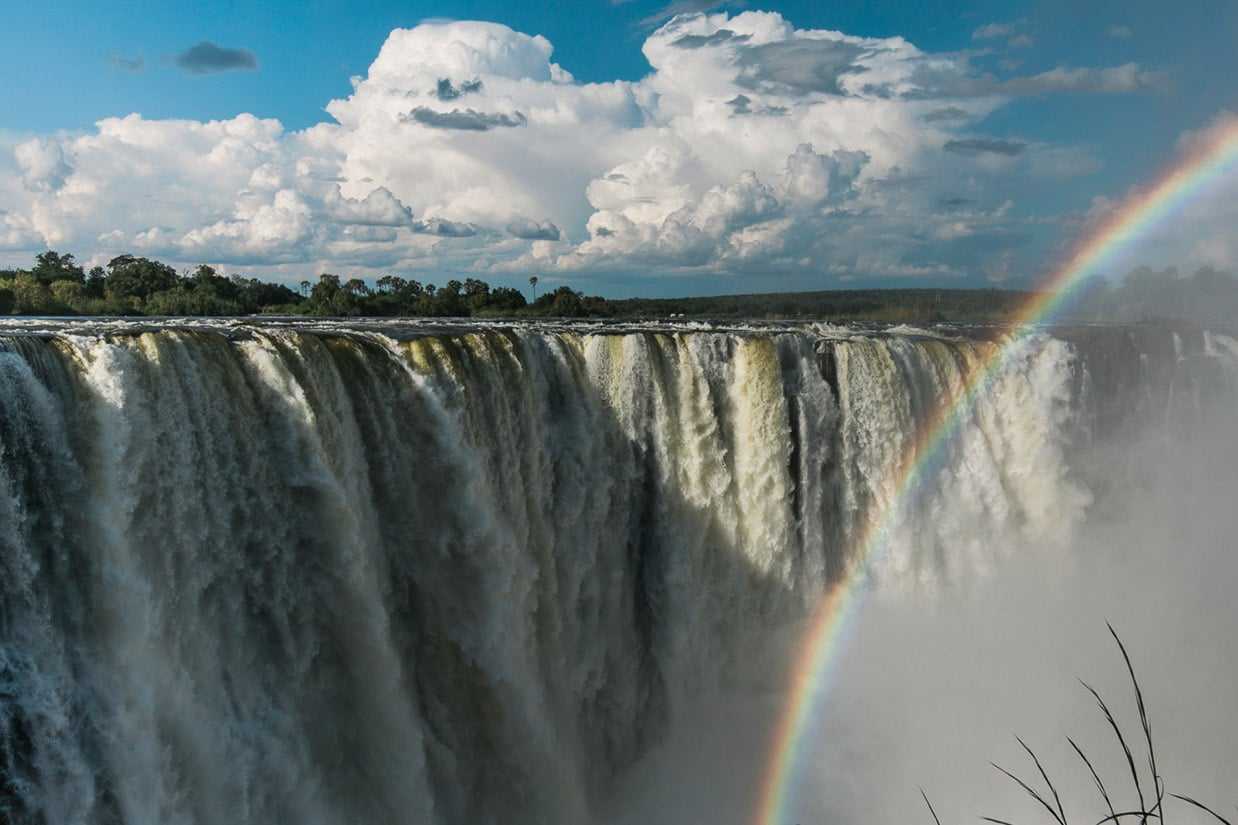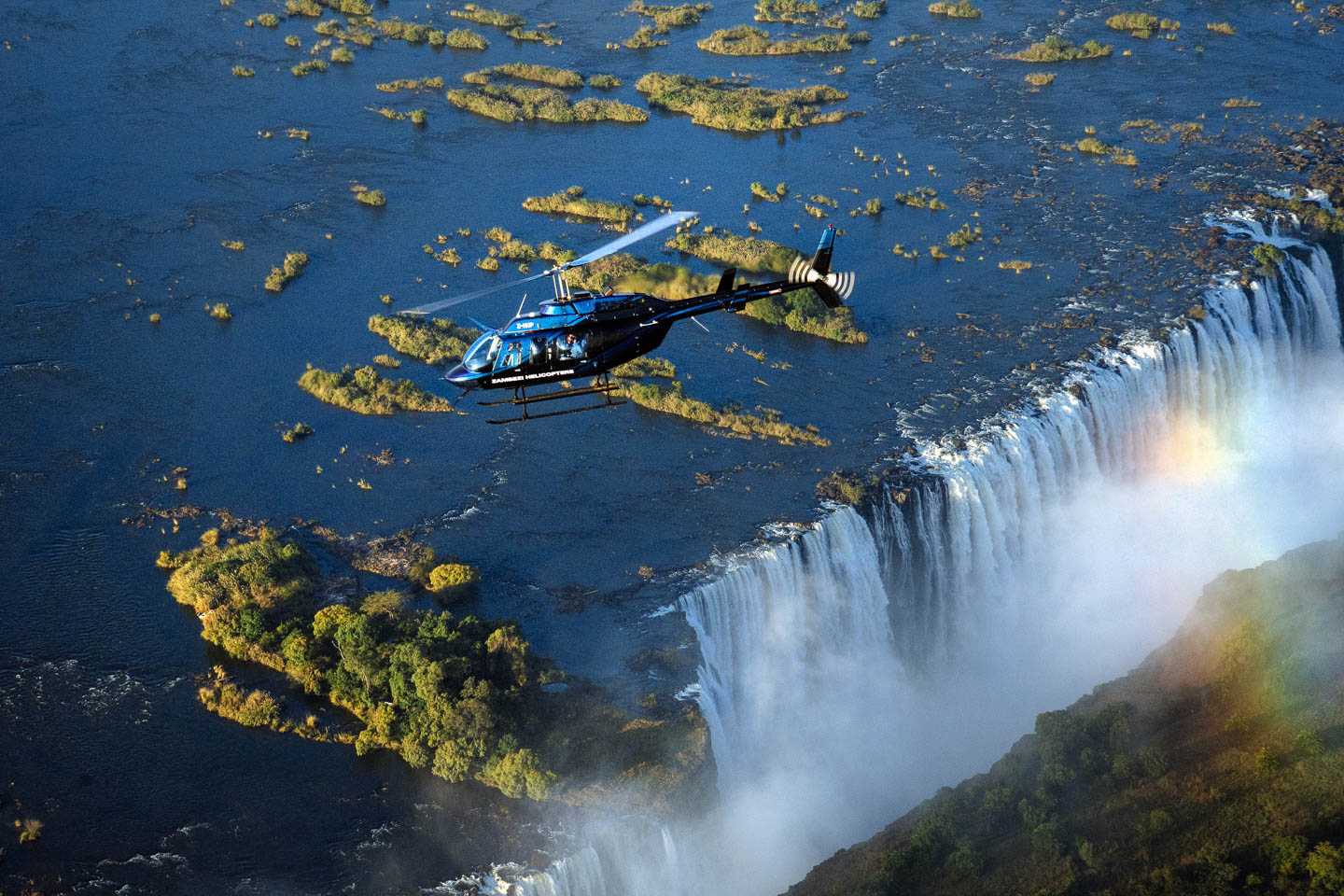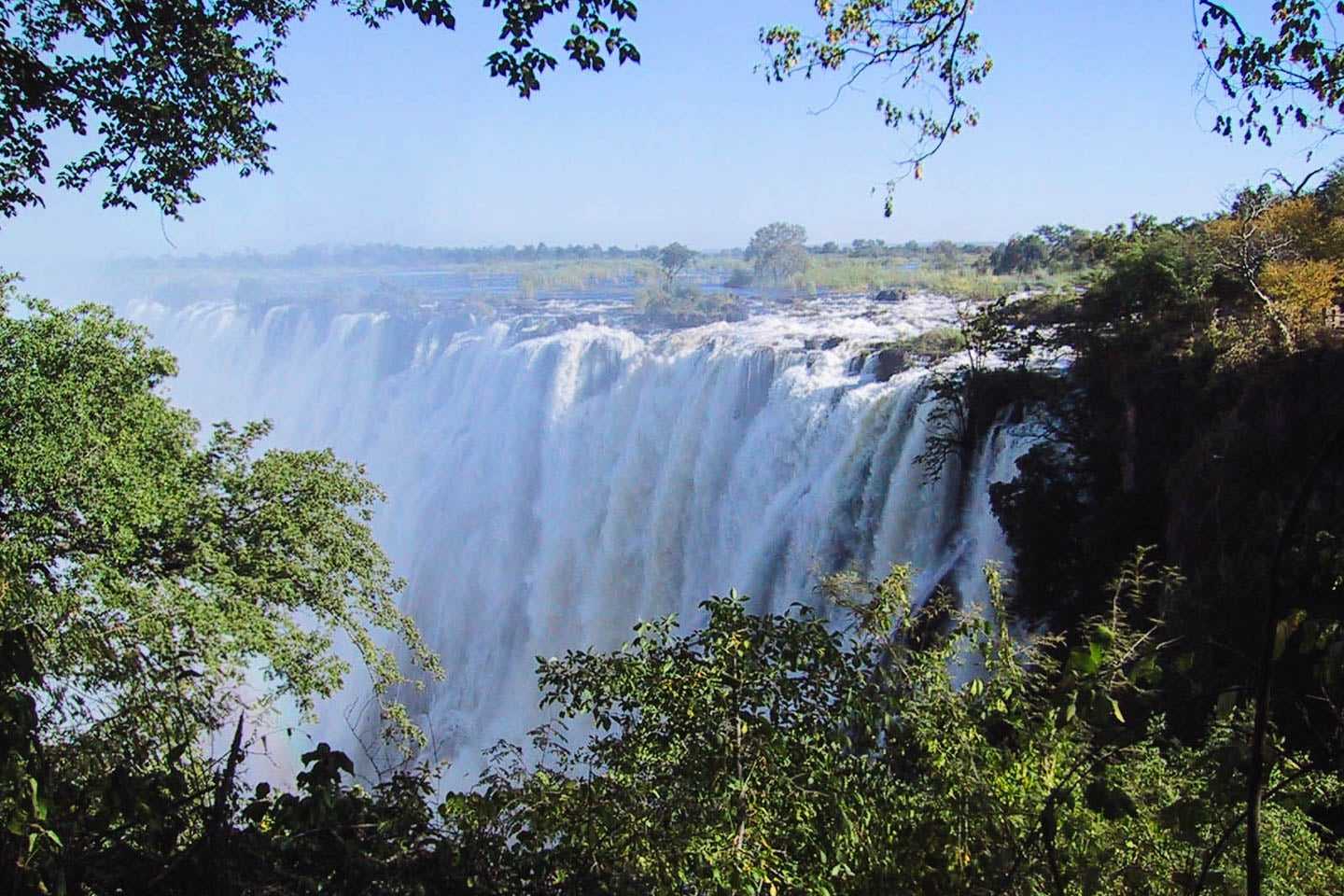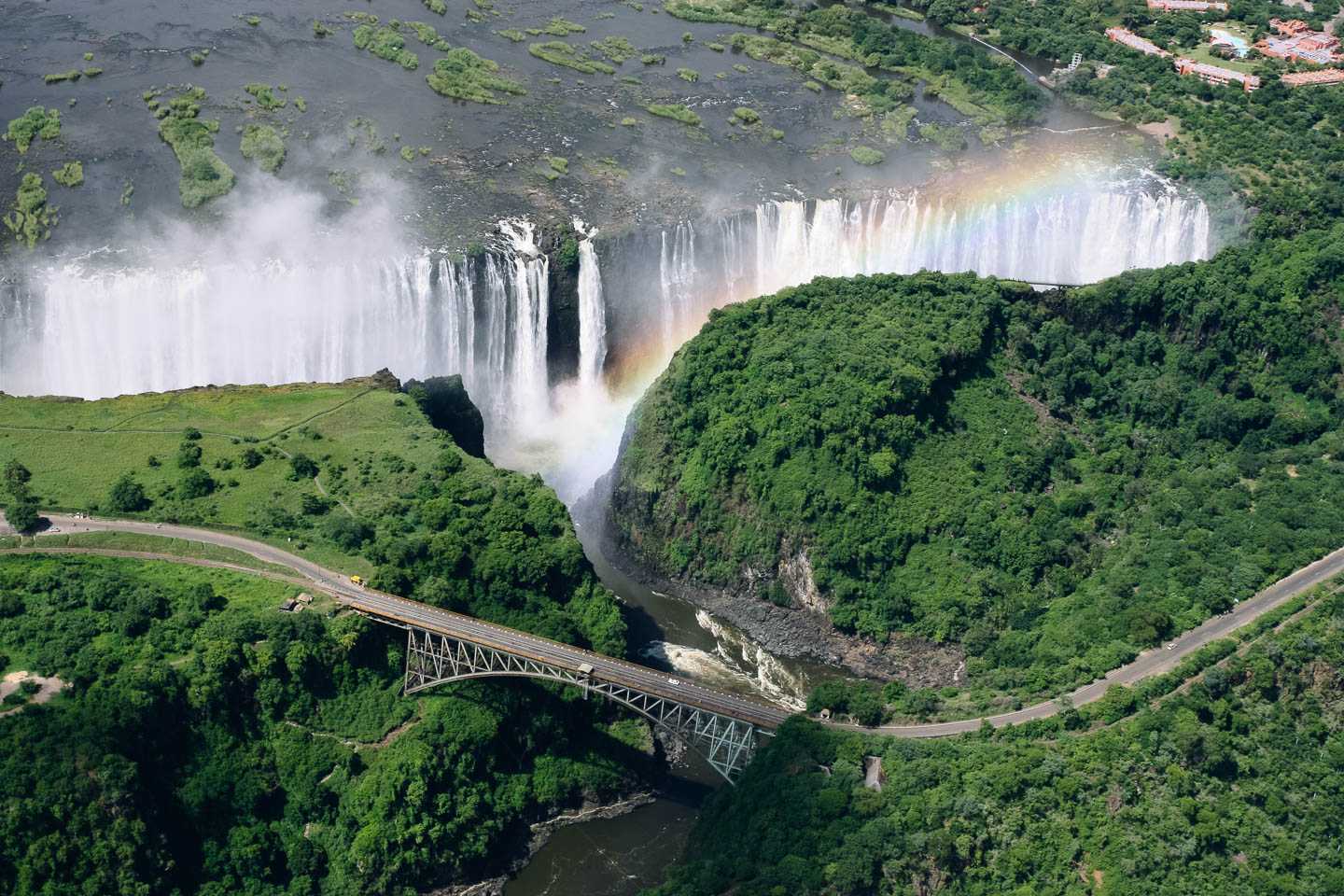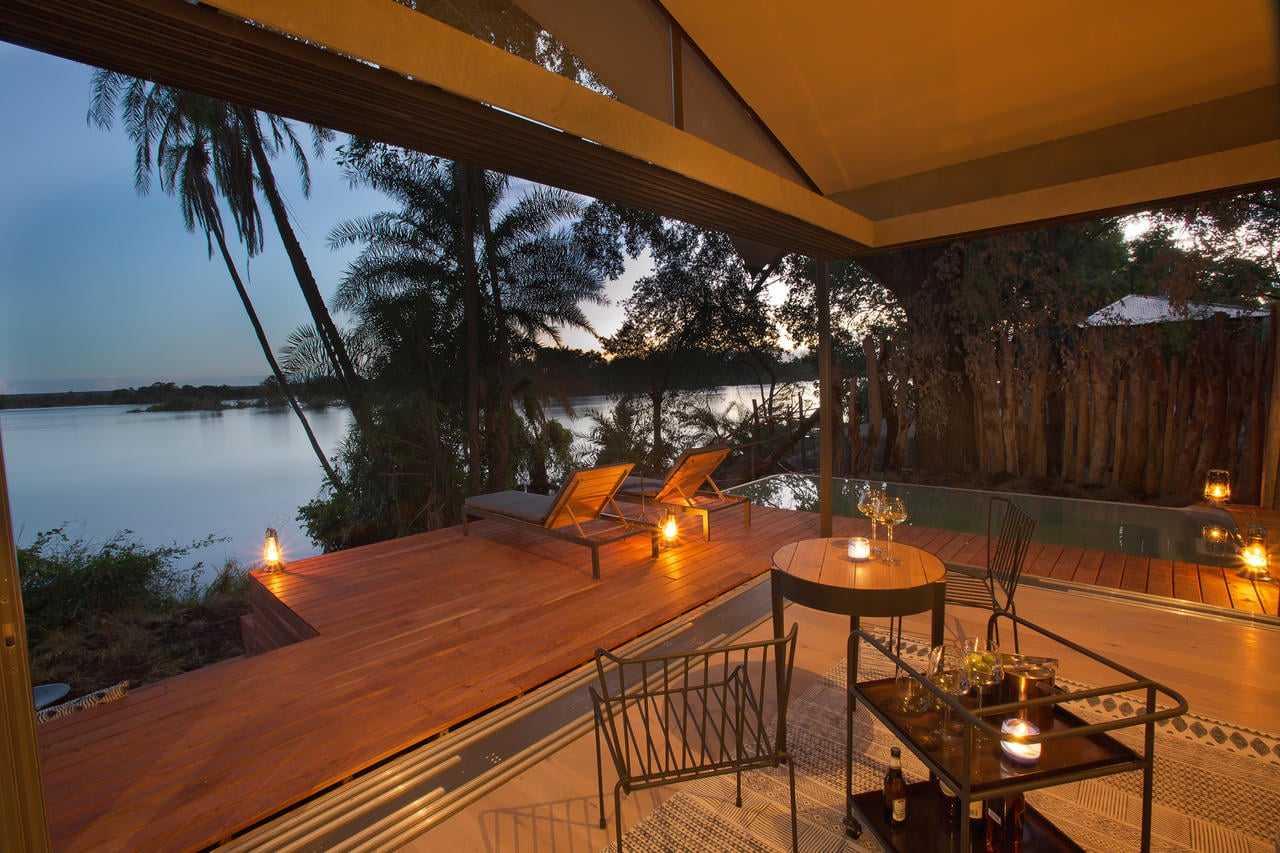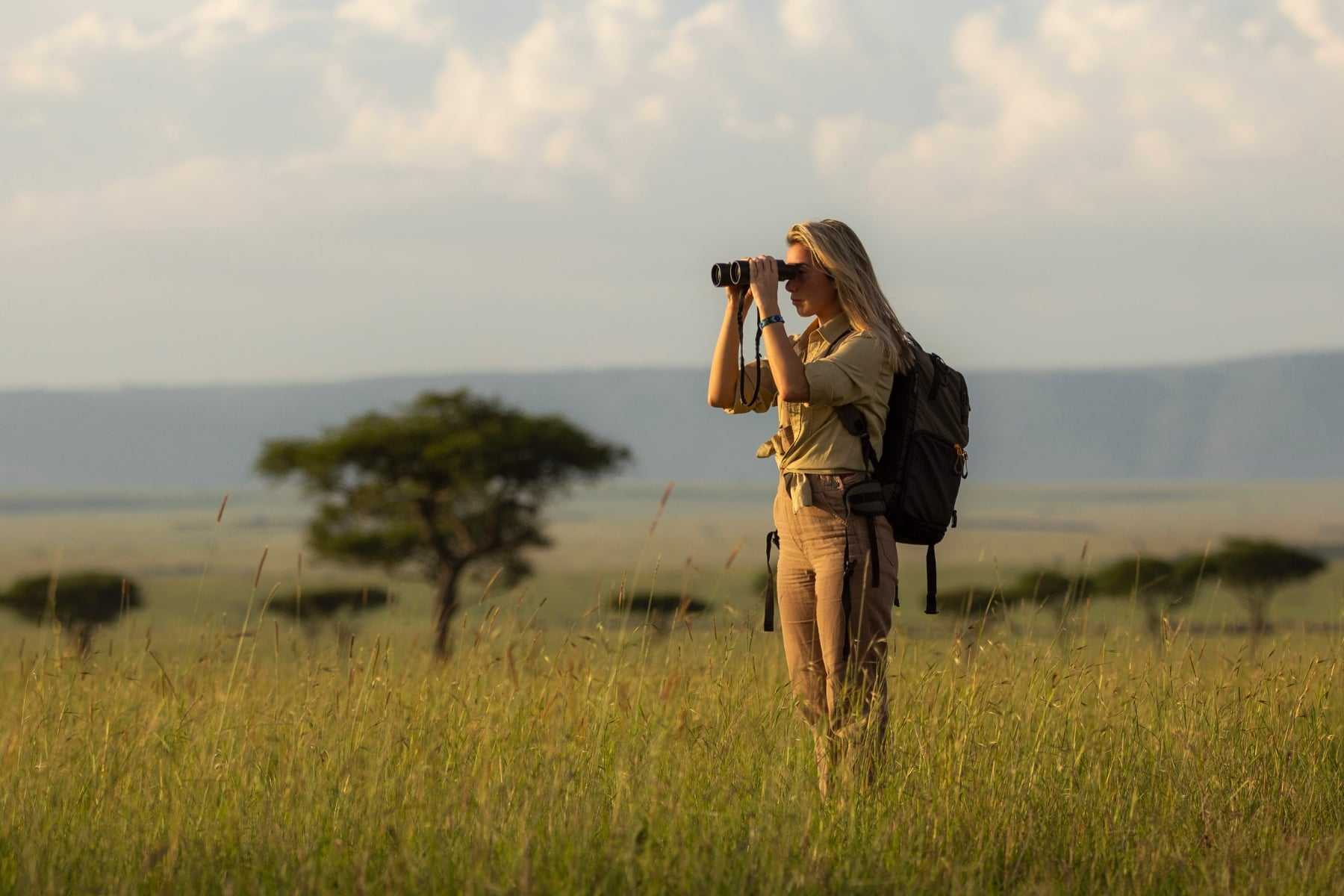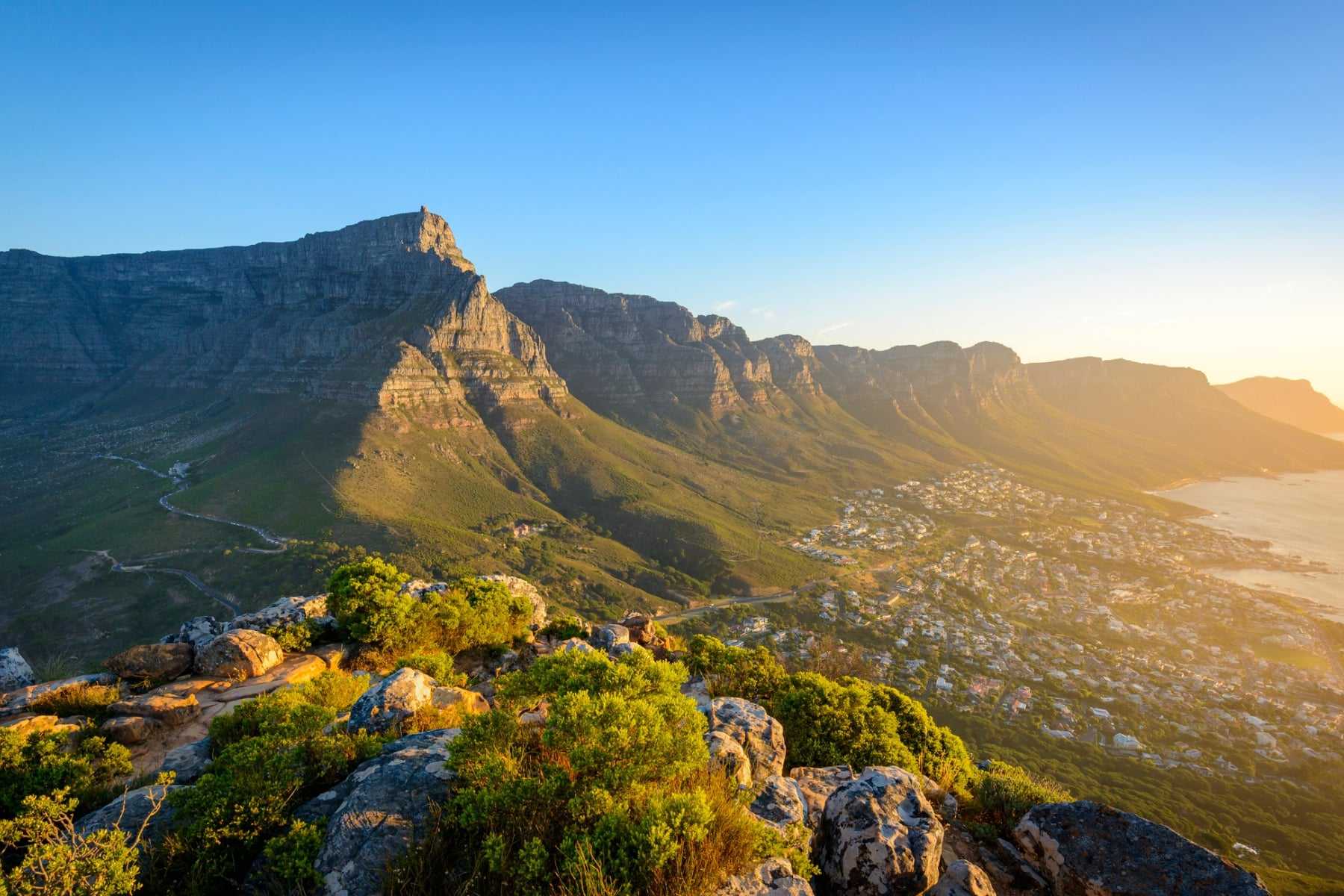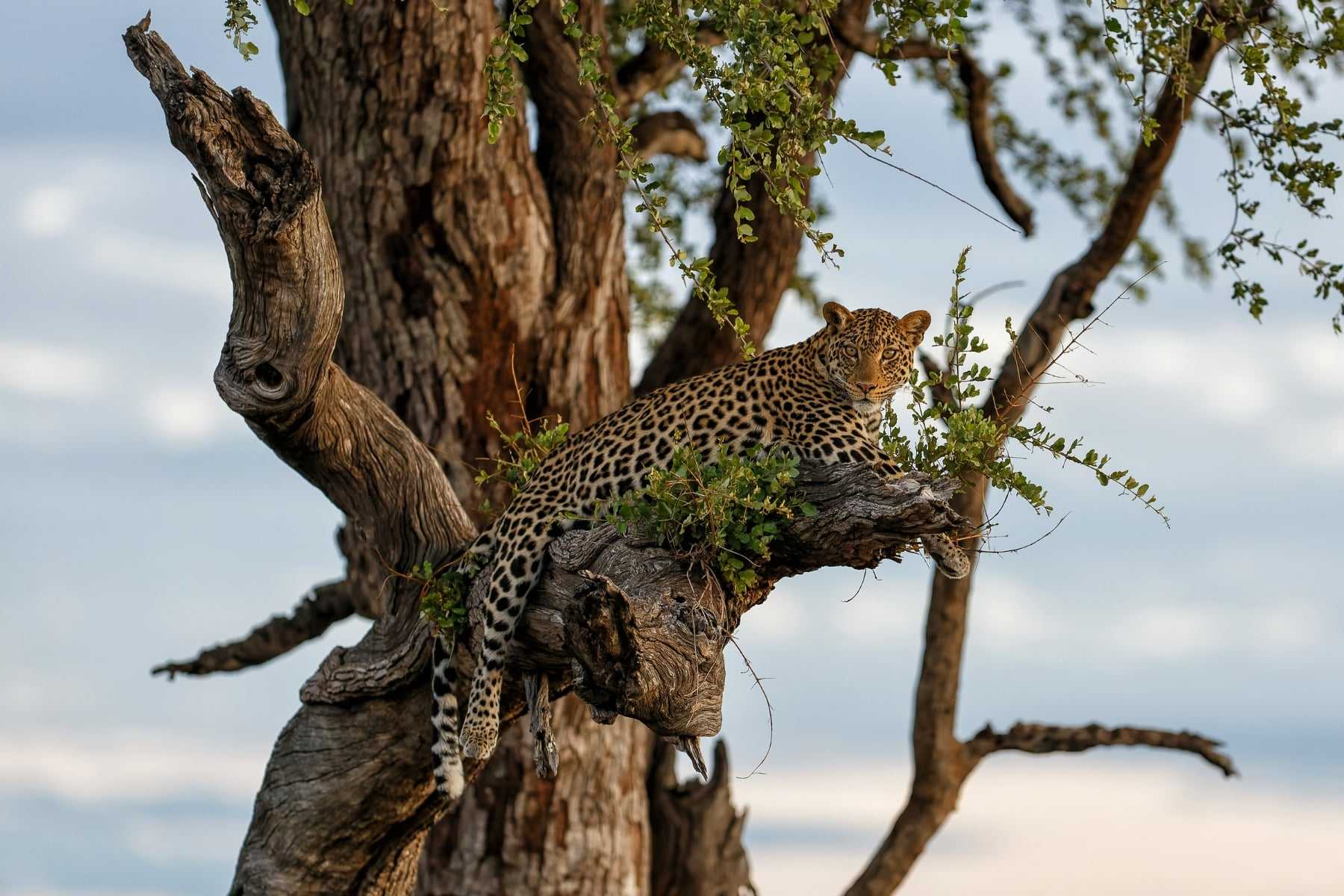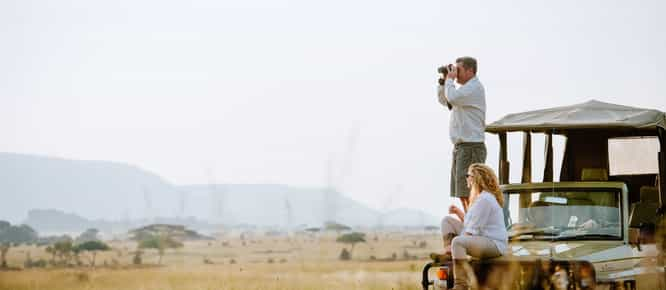Victoria Falls From Both Sides
There is no feeling quite like standing in front a wall of thundering water so large it makes the ground beneath your feet shake.
This is my enduring memory of Victoria Falls. I visited the iconic wonder during the wet season, in which some 500 million litres of water rush over the lip of the waterfall every minute, and down into the Batoka Gorge below. Standing on one of the many viewing points along the face of the Falls, all my senses became overwhelmed; the sound of the water in my ears, the feeling of spray raining down on my face, and the magnificent rainbow creating a colourful bridge between the two countries that meet at the waterfall – Zambia and Zimbabwe.
Which side of Victoria falls is better?
Asking which side is better to view the Victoria Falls from is a bit like asking whether you like your drink shaken or stirred. Both side are fairly similar, but for a few subtle differences.
Zimbabwe
Zimbabwe enjoys the lion’s share of the Falls, and some three quarters of the face of the waterfall is on her side, as well as a number of viewpoints that jut out of the rainforest lining the lip. So, if you’re looking for more space to roam along the dripping forests, and a few more angles to marvel at the drama unfolding, then Zimbabwe shouldn’t be missed.
Zambia
On the other hand, Zambia enjoys one of the closest viewpoints to the Falls – the Knife Edge Bridge, which is a soaking, adrenaline rush of a walk, high above the gorge. To get even closer to the water, take the short footpath down to the whirlpool in the Batoka Gorge below. Here, the thundering water creates a dramatic, frothing tornado of water that gives one a true sense of the power of the Falls.
In fact, you don’t really have to choose between the countries any more. In recent years, the the bridge border crossing has become fairly relaxed and really quite easy, allowing visitors to hop between Zambia and Zimbabwe, and experience the magic from both sides.
When to go?
Zambian side
During Zambia’s dry season (October, November and a bit of December, depending on the rains), Victoria Falls is somewhat drier than at other times of the year. It doesn’t dry up completely, but if it’s the picture-postcard, classic Victoria Falls experience you’re looking for (think gushing water and spray as far as you can see), you might be better visiting in the wetter months of the year.
But every cloud has a silver lining, and if you do visit the Zambian side in the dry season, you’ll have the chance to swim in the Devil’s Pool. The natural pool of water is right at the top of the Falls and formed as the water level drops in the dry season. It’s only accessible from the Zambian side, by a short swim across the Zambezi, and is a true highlight of any trip to the Falls!
During the wet season, the Zambian side is truly spectacular, and you can marvel at the wonder of the Falls all day.
Zimbabwean side
During the dry season (October and November), the water level also drops on the Zimbabwean side of Victoria Falls, but there are still parts of the waterfall in flow. The wet season however (February to August), is something to behold. Seeing the Falls flow in full flood is so wildly dramatic you can’t quite comprehend how so much water could congregate in one place. Standing at certain viewpoints, you simply give up on staying dry, and let the spray rain down on you like the thickest thunderstorm imaginable.
What else is there to do?
Zambian side
Why not hitch on a safari with your Victoria Falls experience? The Mosi-oa-Tunya National Park near Livingstone town is a beautiful park, and you’ll find most of the usual wildlife suspects dotted across the landscape – giraffe, elephant, hippo and buffalo to name a few. You won’t find any big cats this side, however, and to fulfill your feline dreams, you might have to head to the South Luangwa or the Lower Zambezi national parks (also in Zambia) or to Chobe, just across the border in Botswana.
Zimbabwean side
The Victoria Falls National Park is close to Victoria Falls town on the Zimbabwe side of the Falls, and day safaris into the park are offered by most lodges. This is a Big Five park, and you can expect to encounter large herds of elephant as well as the big cats. Alternatively, why not spend an afternoon sitting on the balcony at Victoria Falls Safari Lodge, watching the animals come down to drink at the lodge’s famous waterhole?
Where to stay
Zimbabwean side
There are a variety of lodge options on the Zimbabwean side, including the world famous Victoria Falls Hotel, which looks directly over the Falls themselves, and can’t be beaten for Afternoon Tea with a view. A few minutes out of town, you’ll find the Victoria Falls Safari Lodge, a beautiful hotel with a bushveld atmosphere, the luxurious Elephant Camp, Gorges Lodge, perched right on the edge of the Batoka Gorge, and one of our favourites, the all-round excellent Ilala Lodge.
Zambian side
If you’re looking to stay right on the edge of the mighty Zambezi River, then the Zambian side is the place to be. The Royal Livingstone is the closest hotel to the Falls, and even has its own private entrance to the top pathway around the waterfall.
Thorntree River Lodge has one of the best locations in the area, right on the water’s edge and perfect for exploring the Zambezi on an evening river cruise. Other top spots include Tongabezi Lodge, with its stunning (and very romantic) chalets on the edge of the river, the tented suites at Toka Leya, with their outdoor showers and large private decks, and the fun and quirky cottages at Waterberry.
Conclusion
All in all, you can’t really lose whichever side of the Falls you decide to visit. As the dramatic rainbow shows, the short distance between the two countries means that you can visit both sides and enjoy the unique aspects of each, whether it be the excitement of Devil’s Pool in Zambia during the drier months, or the spectacular torrent of water you’ll witness from the Zimbabwean side in the wet season.
